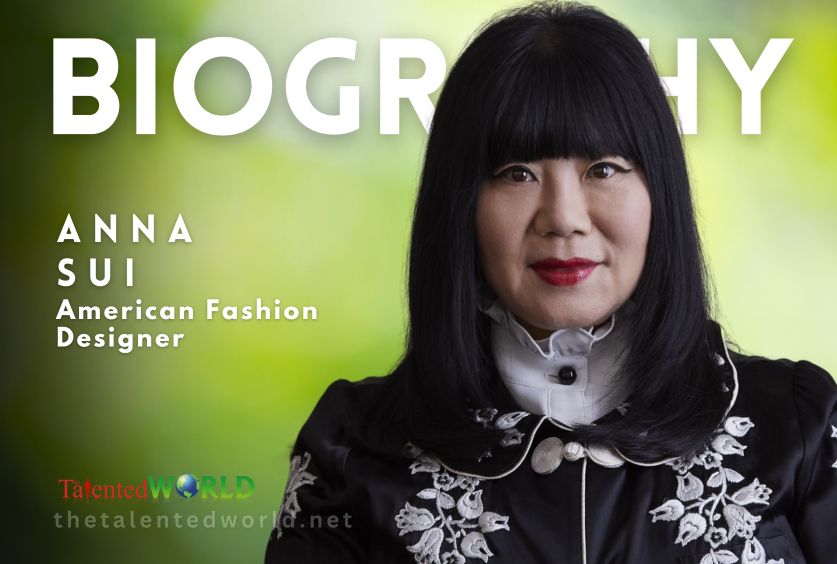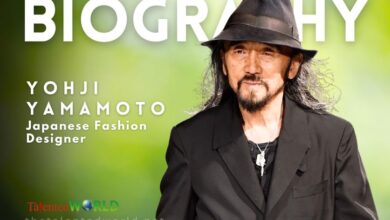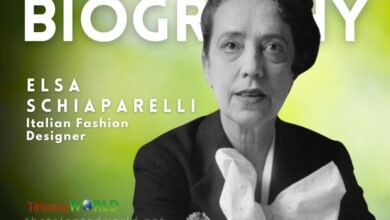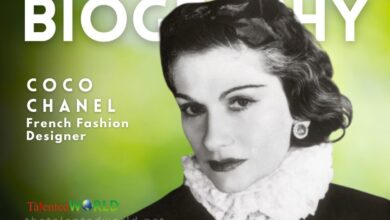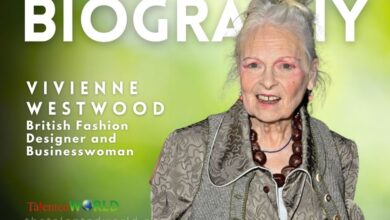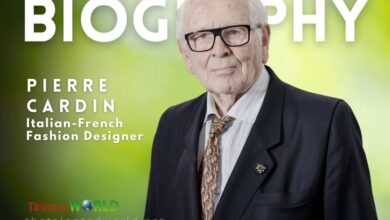| Full Name | Anna Sui |
| Born | August 4, 1964 |
| Age | 59 |
| Place of Birth | Detroit, Michigan, U.S. |
| Education | Parsons School of Design |
| Occupation | Fashion designer |
| Net Worth | $600 million |
| Labels | – Anna Sui – Dolly Girl by Anna Sui – Anna Sui Mini – Anna Sui Vision – The Souvenir Shop Anna Sui |
| Awards | – CFDA Perry Ellis New Talent Award – Time – Top 5 Fashion Icons of the Decade – CFDA Geoffrey Beene Lifetime Achievement Award – Bravo A-List Award – Classic Icon of Fashion and Design – Identities – Leadership in the Arts Award – 2017 Honorary Doctorate Recipient, The New School |
| Notable Achievements | – Named one of the “Top 5 Fashion Icons of the Decade” – Received the Geoffrey Beene Lifetime Achievement Award from the Council of Fashion Designers of America (CFDA) – Various other awards and honors |
| Website | annasui.com |
